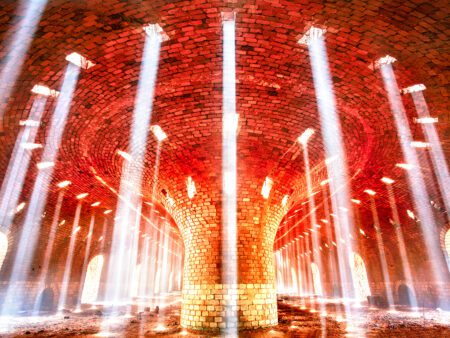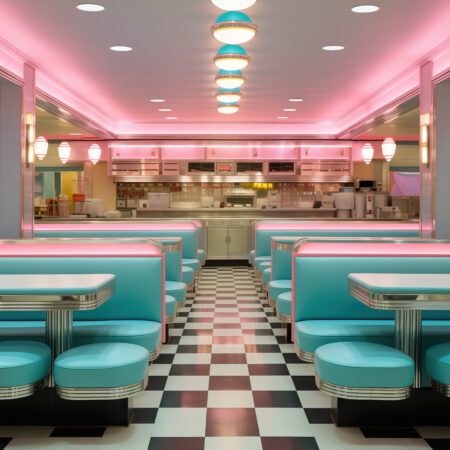Discover how architectural psychology shapes your casino experiences, from interior designs to lighting and sounds, and how these factors manipulate our gaming behavior.
Casino Architecture: How Design Influences Your Gaming Experience
Imagine this: you enter your favorite local casino. The moment you step through those sleek glass doors, you’re greeted by an alluring symphony of lights, colors, and sounds. All designed to lure you into the endless thrill of the game. You ever wondered why is that?
The casino industry goes beyond being merely a business that offers an assortment of games and betting opportunities. It is an industry that’s just as intricately designed as the games it houses. The architecture and interior design of casinos are meticulously planned and executed, often using psychology to guide your experience. Surprised?
Consider the lavish interiors to the absence of natural light and clocks; everything inside a casino is designed to steal your sense of time, encouraging you to stay a little bit longer. The carpet patterns are typically bright and eye-catching, subtly nudging you to look up at the variety of games available.
Even the music dancing in the background plays a part in this sensory experience, taking you on a journey similar to that of Alice in Wonderland. It’s no wonder then, that casino design is a fascinating topic to delve into, uncovering how gaming industry giants manipulate their architectural designs to influence our gaming experiences.
While you’re losing yourself in the intoxicating blend of sights and sounds within the casino, consider how far it has evolved. Gaming has taken a leap into the future, as exciting developments like virtual reality casinos are changing the way we experience the gambling world.
Let’s delve deeper into the architectural wonders that are casinos. The primary purpose of a well-designed gaming house is to keep players happily engaged, and ultimately, spending more. The grandeur of a casino, with its opulent chandeliers, gold details, and plush seating, all contribute to this. These plush interiors not only mirror the luxury associated with high-stake gaming but also make you feel like a high roller, even when you’re just casually playing slots with change. Who would want to leave such comfort?
Notably, another instrumental tool of casino design is the maze-like layout. Like a giant labyrinth, casinos often lack clearly defined pathways, subtly encouraging patrons to wander. The more you wander, the more games you come across, and the likelihood of your engagement increases. Ever notice yourself walking through a sea of slot machines before finally reaching a restroom or elevator? That’s no accident.
Further, the placement of games in a casino is not a random decision. The more expensive, high-risk games are typically located in the heart of the casino floor, making it a busy hub of activity. This strategic placement can trigger Fear of Missing Out (FOMO) among patrons, pushing them to engage in games they would otherwise avoid.
The allure of casino architecture doesn’t stop at floor layout or game placement, though; it also extends to the use of sensory stimulation. Casinos embed enticing fragrance in the air, keeping the atmosphere pleasant and patrons comfortable. Ever notice the scent wrapped around you whilst wandering around the gaming floor? It’s a strategic attempt to improve your mood and increase your stay.
Casinos don’t skimp on auditory stimulation either. Pleasant sounds, like the chime of coins or the celebratory jingle of a slot machine, are amplified, while less appealing sounds are minimized. This clever sound design creates a ‘winning atmosphere,’ contributing to an optimistic gaming mindset.
So, the next time you step inside a casino, local or digital, remember there’s a meticulously crafted world designed with one aim – to enhance your gaming experience. Whether it’s the labyrinthine layout, carefully selected sounds, or enticing visuals, everything serves to immerse you more into the thrill of the game, encouraging you to play a little bit longer. And who knows? The house may not always win after all.










